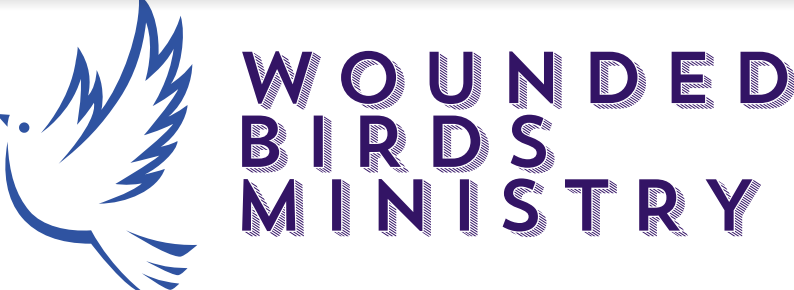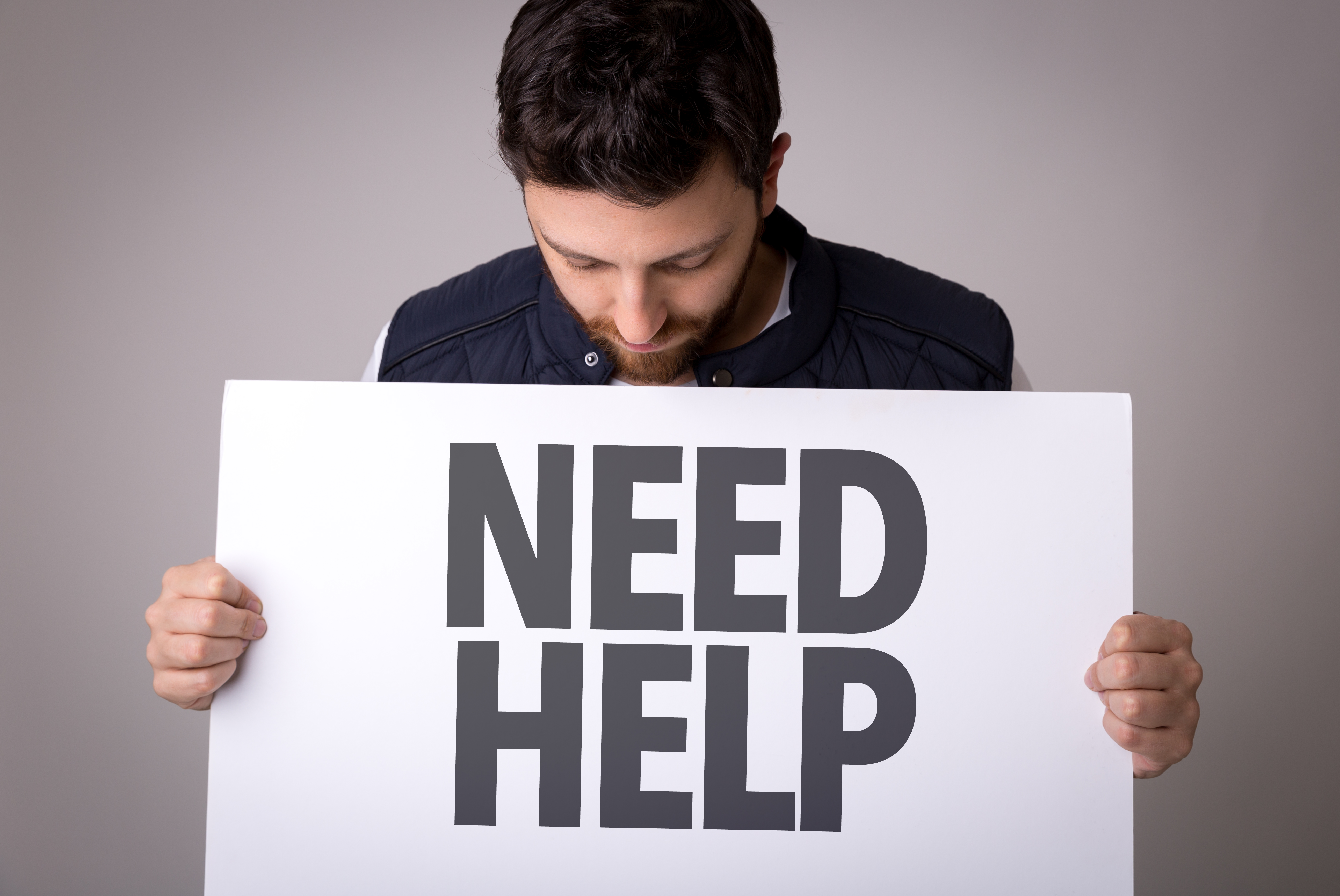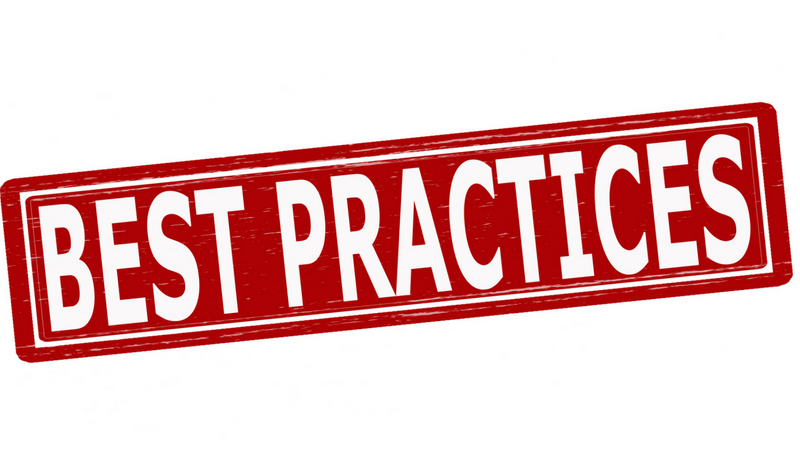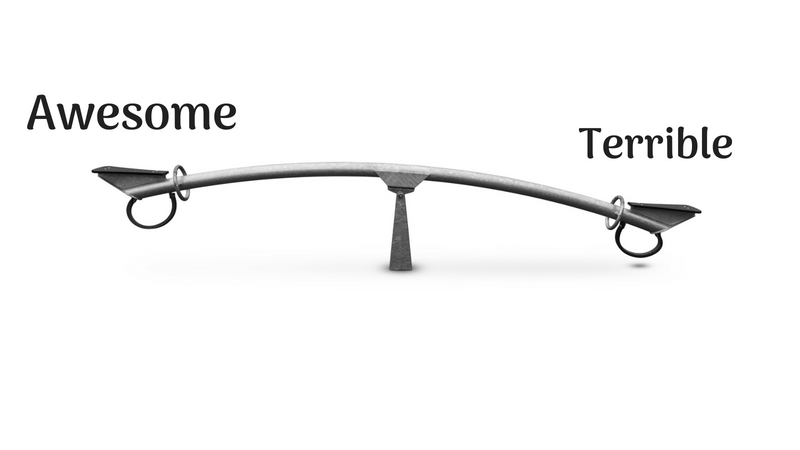Positive Coping Strategies: A Better Way of Living
As we discussed in another post on this topic, positive coping strategies help us handle the bumps and bruises life sends us. For some of us, using positive strategies doesn’t come naturally. Maybe we’ve tried before, with mixed results. We may even be afraid to change the way we respond to situations because it could have impacts that we are not prepared to handle.
Fears of Changing the Strategy
There are a few fears that come up when I discuss positive coping strategies with my groups. Two common ones are that the new skill might not work (possible, and we’ll discuss later how to avoid this), and that they will feel guilty for taking time for themselves “when everyone needs me.”
One time when this concern arose, a participant reminded the group of the oxygen mask rule on airplanes: Adults put their masks on first so that they can be in the best position possible to help their children. When we take care of ourselves, we are better able to care for others.
The benefits outweigh the costs of change.
Beyond this, there is one big fear that comes up: Disrupting our relationships. Often our coping strategies involve those most important to us. Perhaps it’s endless venting about the boss or that annoying co-worker, or heading out for a drink and a cigarette.
When we decide we prefer to use positive coping strategies instead, it can mean changes in how we interact with others, which can be uncomfortable.
What people in my groups have found is that over time adjustments are made by everyone to adapt to this new “normal.” They may have been teased, hounded, or even harassed about not going outside to have a cigarette or skipping out on the bar to “blow off some steam” at first, but eventually, most of their support network accepts the change, and those who don’t often fade in the background of their lives.
I’ve never heard someone regret the loss of an unhealthy relationship, although they may miss the ideal of what the relationship might have been.
Universally, they agree: the benefits outweigh the costs of change.
Playing the Long Game
When we choose positive coping strategies, we choose long-term change and improvement. We know that tough times will come, and the better we are able to handle the stress, the easier it gets to manage our symptoms. Choosing positive coping strategies unlocks the gate to the road to recovery.
Healthy strategies are either active or passive. “Active” strategies are those where we take strong action to manage or address the stress. Examples include asking for help, developing a routine, saying prayers and sending requests to God, and writing in a journal. With active strategies, the focus is on addressing the stressor and its impacts in some direct way.
Other active strategies also exist, like using relaxation techniques and doing small projects around the house or engaging in a hobby. What other active strategies can you think of?
“Passive” strategies are used to take a break and step away from the situation. Examples of a passive strategy include hanging out with your friends, getting a massage, taking a bath (bonus points for bubbles!), playing a game or doing a puzzle, or engaging in art. With passive strategies, the intent is to step away from the stress and refresh ourselves.
Some situations call for using either an active or a passive strategy; others will call for a combination of both. The most important point is to have options available to you so that you can handle the moment with the right tools in your hand.
Tips to Develop Positive Coping Strategies
Developing positive coping strategies doesn’t happen in a vacuum. We have to be intentional about identifying and implementing them. The good news is that this can be a really fun process as we may “need” to explore new hobbies and activities.
In working with my group, I’ve noticed some common factors with those who successfully walk the path of positive coping strategies:
- Build the plan when you’re not stressed out (or at least can step away from the stress for a moment). When we have a clear mind and are not overwhelmed by stress, we build a more complete plan.
- Start by cataloging activities you know you enjoy and find restful, helpful, or calming. My initial list included taking a bath, knitting, reading, and taking a walk.
- Think about other options you could try that might be helpful: journaling, breathing exercises, going for a bike ride, doing some gardening, painting/other artistic activity, etc.
- As you write your list, don’t worry about the practicality or impracticality of it; maybe I can’t afford to get an $80 massage every week, but I might find a Groupon for $40 or discover the local massage college offers discounts.
Right now, the goal is to simply build a list of options that you can turn to in a tough moment. Also, some may appear self-indulgent, and that’s perfectly OK (in fact, I encourage you to have a least two items that feel like luxuries to you on the list).
If it sounds helpful, it belongs on your list – even if you haven’t tried it or don’t know how to do it.
The good news is that this can be a really fun process as we may “need” to explore new hobbies and activities.
Prepare for Stress
Now that we have our list, the next step is to prepare for stress. We’ll do this by looking at the list and determining how many of the items we could do today, and how many need some preparation.
For example, if I have “take a 15-minute walk” on the list, then that’s something I could do today. Others are activities that we enjoy doing, but may be out of practice or need supplies for. If I have yoga on my list, then I should make sure I have a yoga mat at home, and perhaps even a yoga video.
In my case, I had swimming on the list, and I didn’t have access to a pool. A little research later and I found an indoor, heated pool that I could access, making it an option I could use.
Lastly, we may have aspirational ideas on our list. Maybe you have knitting on your list, and you don’t know how to knit yet. Head down to your local big box store, pick up some needles and yarn, and then hop on YouTube to learn how to knit.
Or, you would love to get a massage but don’t think you can afford one. You could stalk Groupon for a discount, call around and look for a massage school (there are usually some good deals at schools), or look for a Chinese Foot Massage Spa (generally $20-25/hour, plus a small tip).
The more items we have on our list, the more options we have when the moment strikes.
Ultimately, the goal is to make sure that when stress hits, we are ready for it. The more items we have on our list, the more options we have when the moment strikes.
I can’t always journal during a stressful moment; sometimes I have difficulty concentrating. When that happens, I take a walk instead or hop in a pool and work the stress off. When I have tears, anger, or other strong emotions taking me over, that’s when the journal is my best option.
Having a long list of options means that we can try something and if it doesn’t work, we can move on to the next option on the list and try that. The more options we have—and the better prepared we are with them— the more likely we will be successful using a positive coping strategy.
The Path Forward
These positive coping strategies are tremendously useful in making our way through everything life throws at us. They can be brief escapes from life, like taking a bath, or they can be direct ways to approach the stress, such as exercise or journaling.
The better prepared we are for stress, the better we are able to cope when it comes our way. Having a clear list of options and preparing to use them sets us up to successfully navigate stressful situations.
Additionally, the act of preparing often leads us to integrating some of these strategies into our daily lives. When we do that, we are even better prepared for stress because we build resiliency.
The more positive coping strategies we have—and the more we turn to them— the better chance we have of handling stress in a healthy manner. And that is a big step on the road to recovery.
What are two things you could put on your list? I’d love to hear in the comments below!
Looking for daily inspiration and community? Join our warm and supportive Facebook group!








